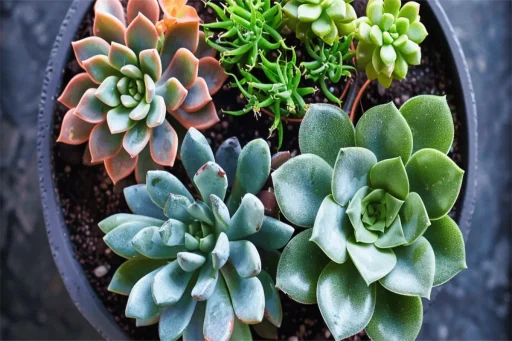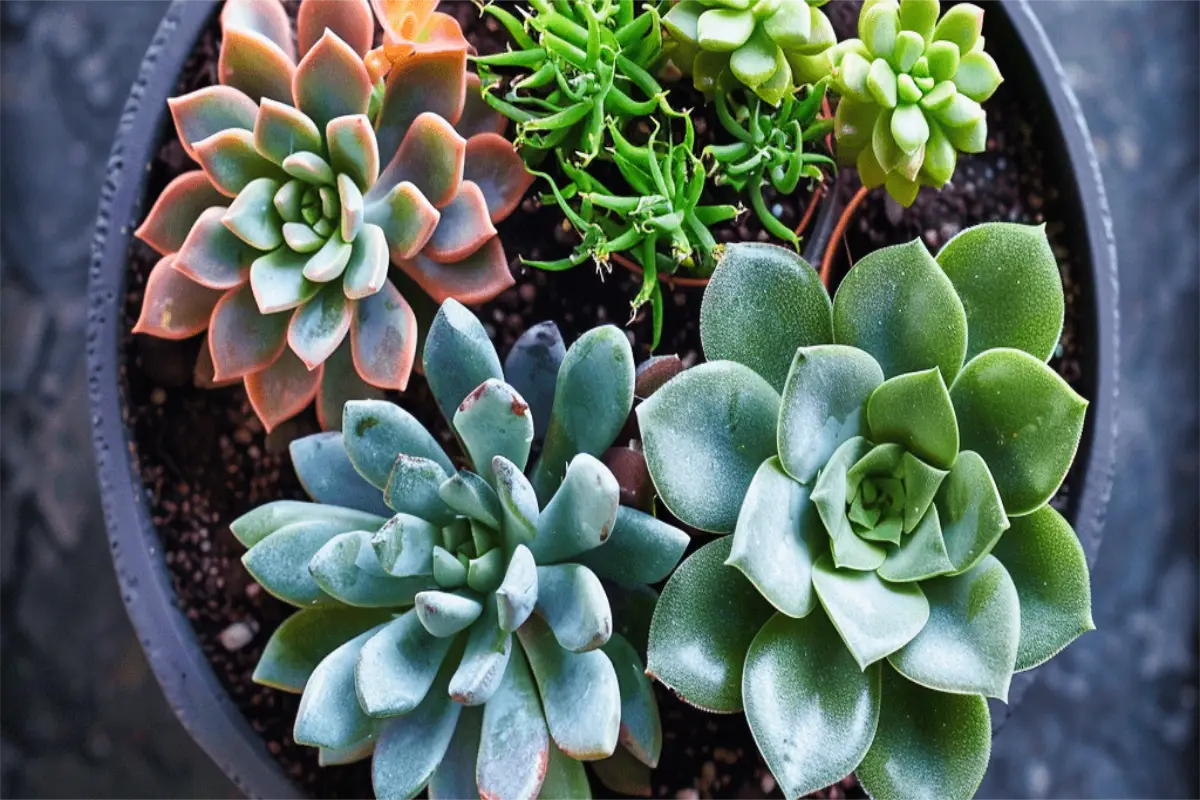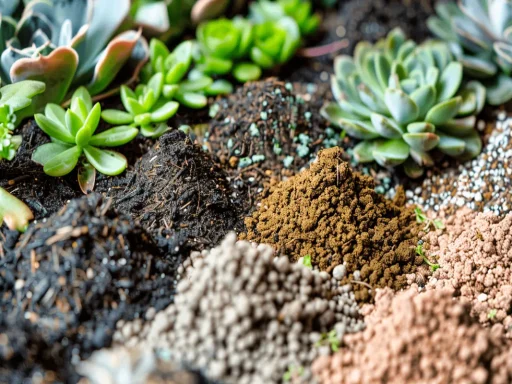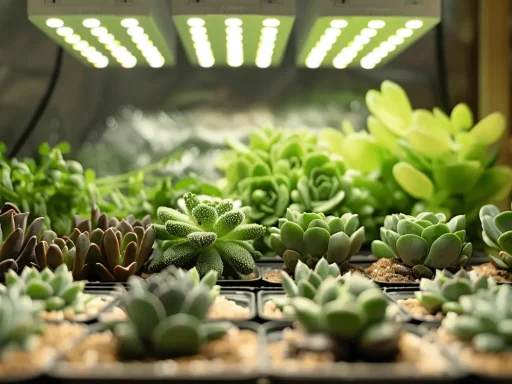When it comes to caring for your succulents, the balance between water and drought can make all the difference in their well-being. Proper watering techniques are crucial, but have you ever wondered how much is too much or too little for these resilient plants?
Mastering the art of watering succulents is a skill that goes beyond just quenching their thirst; it’s about understanding their unique needs and creating an environment where they can truly thrive.
So, let’s explore the world of succulent watering together and uncover the secrets to keeping these desert darlings healthy and vibrant.
Table of Contents
Importance of Proper Watering for Succulents

Proper watering plays a crucial role in the health and vitality of succulents. Succulents rely on stored water in their leaves and stems to survive dry periods. When watering succulents, it’s essential to ensure that the soil is well-draining to prevent waterlogged conditions that can lead to root rot. The root system of succulents benefits from regular watering as it promotes healthy growth and development.
To properly water succulents, make sure to water deeply until water flows out of the drainage holes. This ensures that the entire root system receives adequate hydration. Overwatering succulents can be detrimental, leading to issues like root rot, while underwatering can cause dehydration, resulting in dry and wrinkly leaves.
Understanding Succulent Watering Needs
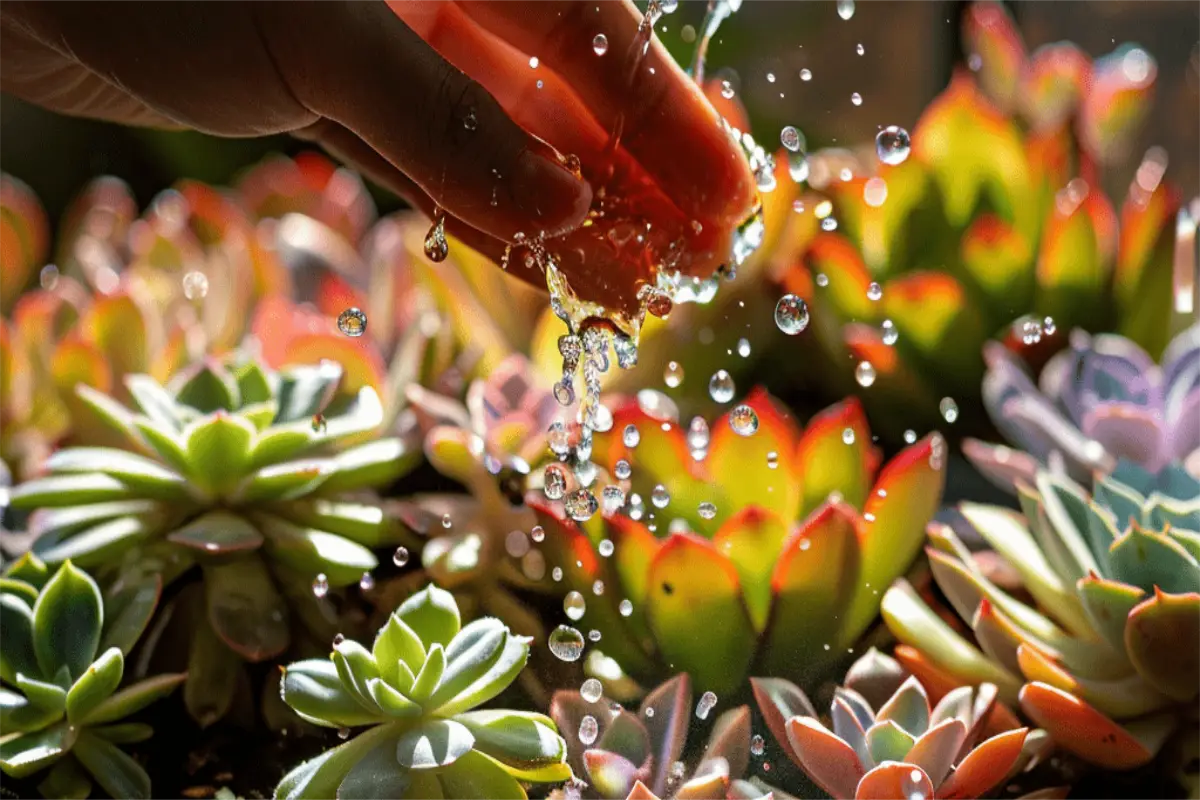
You need to grasp the importance of watering frequency and soil moisture levels to care for your succulents effectively. Understanding when your succulents require watering and ensuring you don’t overwater them are key to their well-being.
Succulents’ unique water-storing abilities mean they’ve specific watering needs that differ from traditional houseplants.
Watering Frequency
Understanding the watering needs of succulents is key to maintaining their health and vitality. Succulents have water-storage capabilities that reduce the need for frequent watering. Overwatering can lead to root rot, despite their natural drought tolerance.
To ensure optimal growth, observe each succulent’s specific requirements as different species may have varied watering needs. Tailored care is essential to prevent issues related to over or under-watering. By understanding the unique water-storage capabilities of succulents, you can adjust the watering frequency accordingly.
Soil Moisture Levels
Maintaining optimal soil moisture levels is crucial for meeting the watering needs of succulents. Succulents thrive in well-draining soil mixes that prevent water from pooling around their roots.
To ensure the right amount of water, check the soil moisture levels by inserting your finger into the soil; water only when the top of the soil feels dry. During dry conditions, adjust your watering schedule accordingly, allowing the soil to dry out between watering sessions.
Deep watering is preferred over light watering to encourage healthy root growth. By understanding the importance of soil moisture levels and adapting your watering practices to suit your succulents’ needs, you can promote their overall health and vitality.
Establishing a Succulent Watering Schedule

Establishing a consistent watering schedule for succulents is crucial for their health and optimal growth. When watering your succulents, consider the frequency of watering based on their water-storing abilities and the specific succulent species you have. To maintain a healthy watering schedule, remember to monitor the soil dryness by feeling it a few inches deep.
Here are some key points to help you establish an appropriate watering routine:
- Consider Succulent Species: Different succulent species have varying water requirements, so tailor your watering schedule accordingly.
- Adjust the Watering Frequency: Be prepared to adjust the watering frequency based on seasonal changes in light, temperature, and growth patterns.
- Maintain a watering Log: Keeping a watering log or using a succulent care app can help you track and maintain a consistent watering schedule for your succulents.
Best Practices for Watering Succulents

When ensuring the health of your succulents, implementing best practices for watering is essential to promote optimal growth and prevent issues like over or under-watering.
Succulent watering should involve deep watering until water escapes the drainage holes to ensure thorough hydration. Utilizing the soak and dry method is crucial; allow the soil to dry out completely before watering again to encourage healthier roots.
Adjust watering frequency based on the climate and season to avoid over or under-watering. For indoor succulents, water every 14-21 days due to limited airflow compared to outdoor succulents. Monitoring soil dryness is key to proper watering techniques; adjust watering practices accordingly to maintain the health of your succulents.
Watering Techniques for Indoor Succulents
To ensure the health of your indoor succulents, it’s crucial to water them thoroughly until excess water drains from the pot’s bottom. Indoor succulents like jade plants and aloe vera require less water due to limited airflow, making proper watering practices essential for maintaining healthy plants.
To keep your indoor succulents thriving, follow these tips:
- Let the soil dry: Allow the soil to dry completely between watering sessions. This helps prevent root rot, a common issue in succulents caused by overwatering.
- Adjust the watering frequency: Monitor your plant’s growth and pot size to adjust the watering frequency accordingly. Different succulents have varying water needs, so it’s essential to tailor your watering routine to each plant.
- Ensure water drains from the pot’s bottom: Water indoor succulents thoroughly, ensuring that excess water drains from the bottom of the pot. This helps prevent waterlogged soil, which can lead to root rot and other issues.
Watering Methods for Outdoor Succulents
For outdoor succulents, adjust your watering schedule based on environmental factors like sunlight exposure and weather conditions. Outdoor succulents may require more frequent watering due to their exposure to sunlight and wind, which can dry out the soil more quickly.
It’s essential to monitor your outdoor succulents weekly to assess soil moisture levels and make necessary adjustments to your watering routine. Shield your outdoor succulents from intense sunlight during peak hours to prevent dehydration and sun damage.
When acclimating potted succulents to outdoor conditions, start them in shaded areas before gradually exposing them to full sun. Be sure to adjust the watering frequency for your outdoor succulents based on environmental conditions such as temperature and humidity.
Consider using shading techniques to protect your outdoor succulents from harsh sunlight and wind exposure, helping them thrive in their outdoor environment.
Watering Can for Indoor Plants, 35 oz/1000 ml Metal Stainless Steel Pot with Long Spout for House Plants Bonsai Outdoor Garden Flower Decorative (Black)
Signs of Overwatering in Succulents
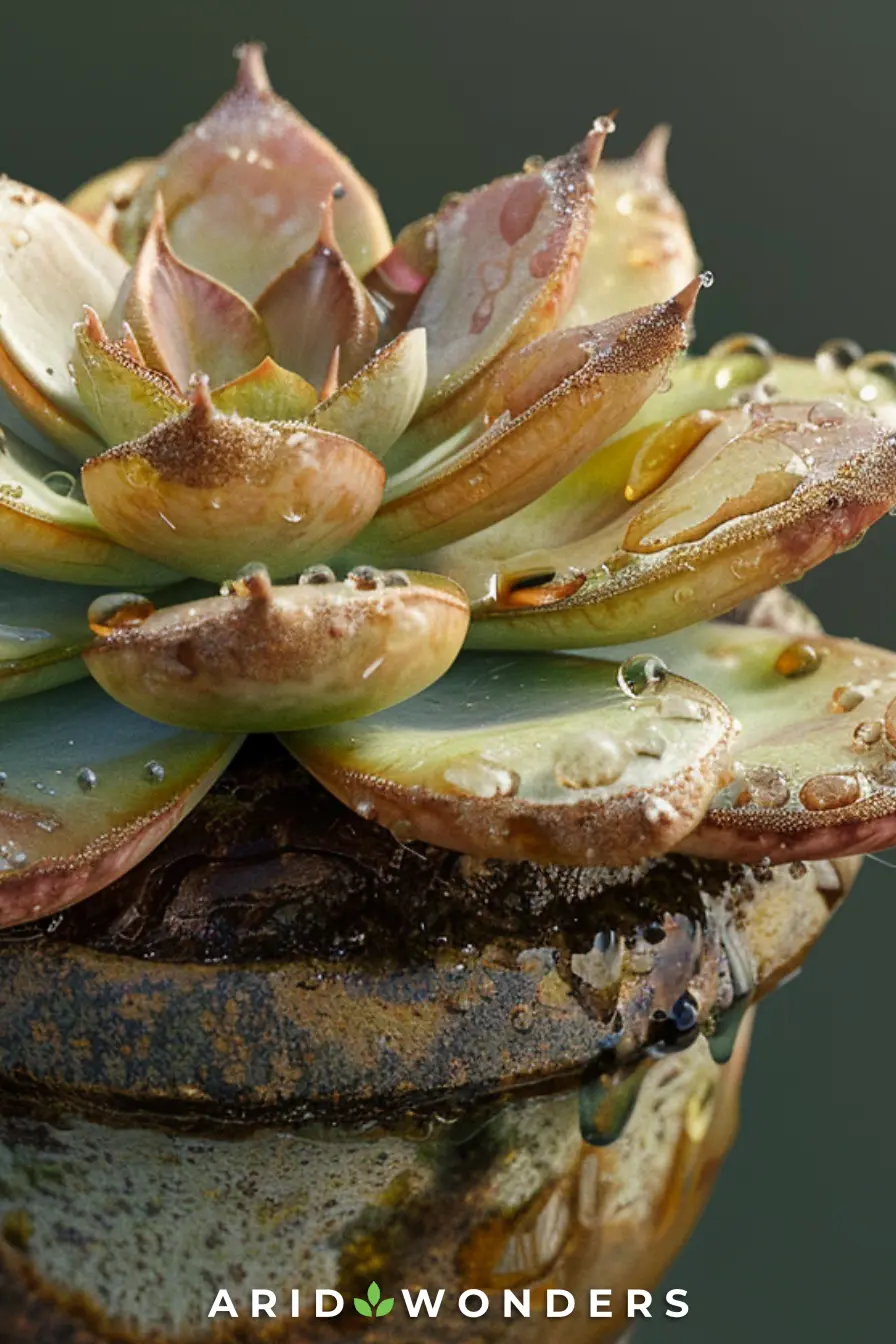

Adjust your watering schedule for outdoor succulents based on environmental factors like sunlight exposure and weather conditions to prevent signs of overwatering in your plants. Overwatering in succulents can lead to yellow, translucent, and soggy leaves. To avoid this issue, focus on the frequency of watering rather than the amount of water given.
Signs of overwatering include leaf discoloration and softening due to excess moisture, which can ultimately cause root rot and damage the plant’s health. Yellowing and mushy leaves are common indicators of overwatering in succulents that require immediate attention to prevent further harm.
Signs of Overwatering in Succulents:
- Yellow, translucent, and soggy leaves.
- Leaf discoloration and softening.
- Risk of root rot and overall plant damage.
Signs of Underwatering in Succulents
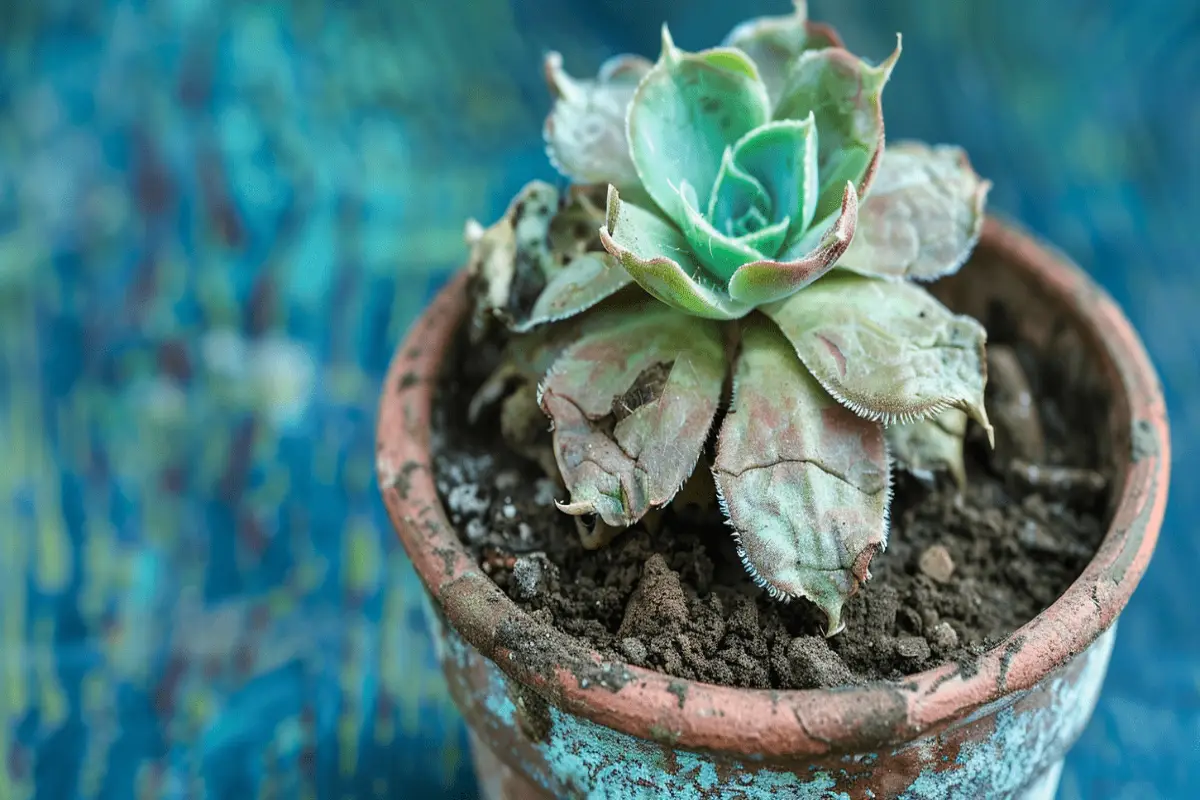
If your succulents lack adequate water, you might notice their leaves wilting and appearing dry and shriveled. These signs indicate that your plants aren’t receiving enough hydration to maintain their usual plumpness and vibrancy.
Check the soil moisture and monitor your succulents closely to ensure they thrive.
Wilting Leaves
When succulents display wilting leaves, it’s a clear indication of insufficient watering, highlighting the plant’s need for more moisture. Underwatering can cause the leaves to become dry, wrinkled, and shriveled, signaling a lack of sufficient moisture.
Additionally, the wilting leaves may lose their turgidity and appear limp due to dehydration. To address this issue promptly, adjust the watering frequency to provide the succulent with the necessary hydration.
Remember, observing and responding to the signs of wilting leaves caused by underwatering can help revive your succulent’s health and prevent further stress.
- Underwatering leads to dry, wrinkled, and shriveled leaves.
- Insufficient moisture can cause loss of turgidity and limpness in leaves.
- Dehydration is a common consequence of underwatering.
Dry, Shriveled Appearance
Noticing dry and shriveled leaves on your succulent is a clear sign of underwatering, indicating a lack of turgidity and plumpness in the plant.
When succulents lack sufficient water, they may exhibit wilting, curling, or even drop leaves to conserve moisture. Additionally, reduced leaf size and wrinkling are common indicators of inadequate water intake.
Succulents rely on their roots to absorb water, so a dry, shriveled appearance suggests a significant lack of hydration. Well-hydrated succulents typically display firm, full leaves, while underwatered ones appear deflated and parched.
To remedy this, adjust your watering schedule to ensure your succulents receive adequate moisture to maintain their healthy appearance and vitality.
Adjusting Watering Frequency for Seasonal Changes
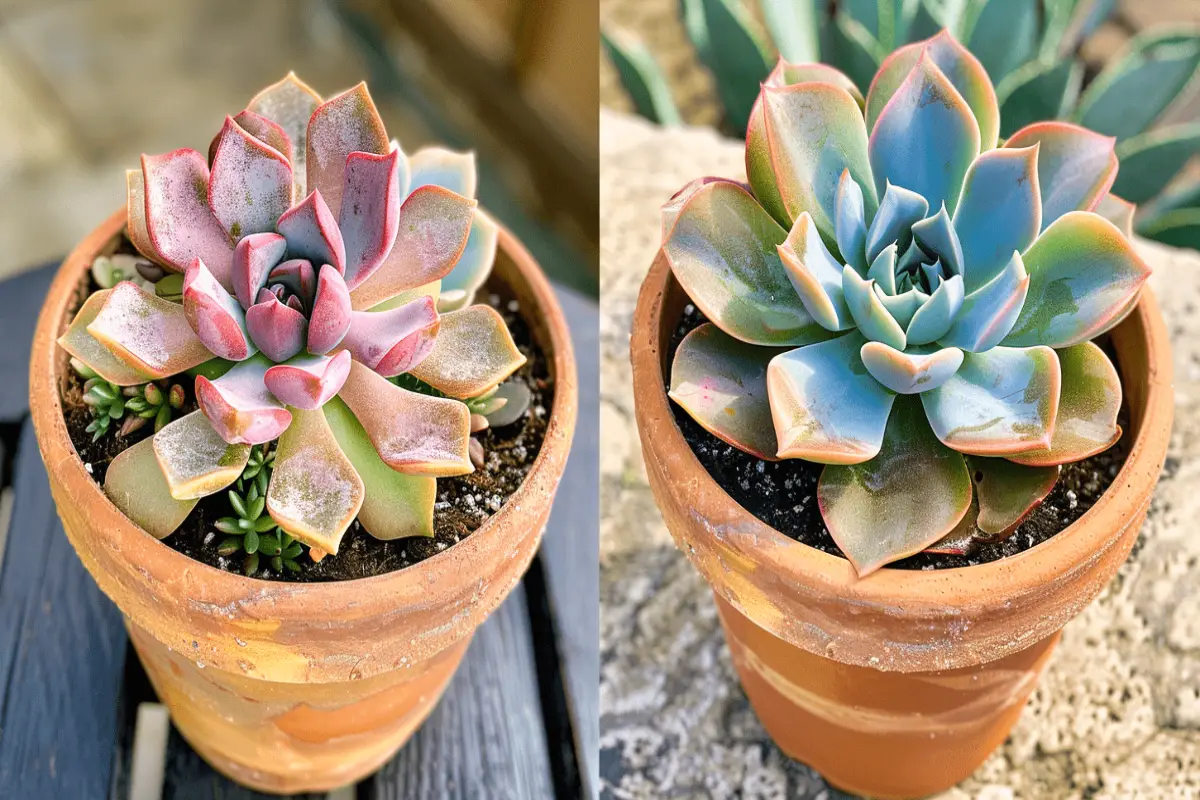
During different seasons, adjusting the watering frequency of your succulents is crucial to their health and growth. Succulents typically require less water during their dormant period in winter. To prevent overwatering, adjust the watering frequency to every 3-4 weeks during the winter months.
Conversely, as your succulents enter the active growing season in spring and summer, increase the watering frequency to every 7-10 days to support their growth. Remember to monitor the soil dryness regularly to determine the need for watering adjustments based on seasonal changes.
Understanding the natural growth cycles of your succulents will help you optimize watering schedules throughout the year.
- Adjust watering frequency based on the season
- Monitor soil dryness for watering cues
- Understand the natural growth cycles of succulents
Common Mistakes to Avoid When Watering Succulents
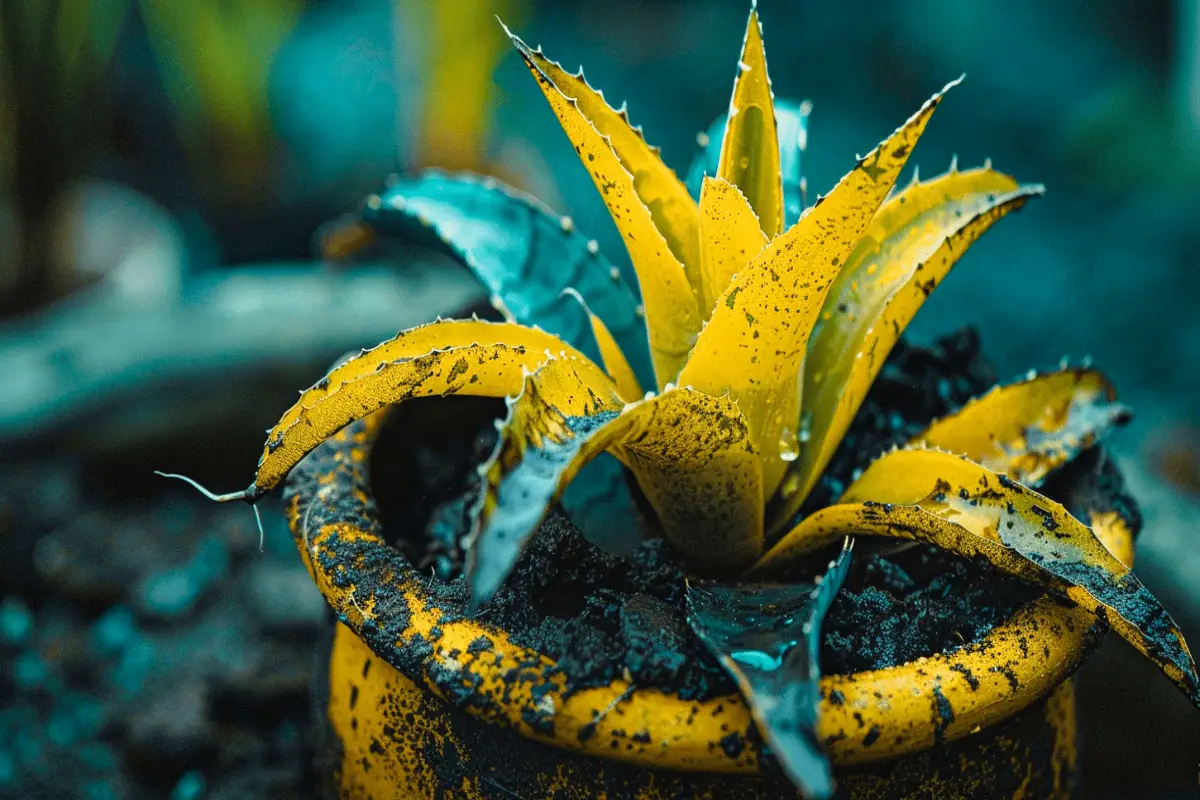
To ensure the health of your succulents, it’s crucial to be mindful of common mistakes that can occur when watering them. Overwatering is a prevalent error that can result in root rot and yellow, translucent leaves in succulents.
On the other hand, underwatering, indicated by dry, wrinkly leaves and shriveling, is a better alternative to overwatering your plants. Adjusting watering frequency according to seasonal changes and plant growth stages can help prevent these common watering mistakes.
It’s essential to regularly monitor soil moisture levels and utilize well-draining soil to avoid succulent watering errors. Recognizing the signs of overwatering versus underwatering is key to maintaining healthy succulents.
Chapin 47998 Made in USA 2-Gallon Tru-Stream Outdoor and Indoor 100% Recycled Plastic Watering Can, Removable Nozzle, Leak Free, Drip Free, Black with White Nozzle
Frequently Asked Questions
How Do I Properly Water My Succulent?
When watering your succulent, ensure the soil is completely dry before watering again. Feel the soil a few inches deep and use the soak and dry method. Adjust watering based on climate and signs of over or underwatering.
Is It Better to Bottom Water Succulents or Top Watering?
For healthy succulents, bottom watering is better. It lets roots absorb water efficiently, preventing rot risk from water pooling on leaves. Top watering can lead to uneven moisture distribution. Choose bottom watering for strong growth.
What Is the Best Watering Schedule for Succulents?
For healthy succulents, adjust watering based on factors like climate and plant needs. Monitor soil moisture and plant response to determine the best schedule. Indoors, aim for every 14-21 days; outdoor plants may need more frequent watering.
Is It Better to Over or Under Water Succulents?
For succulents, it’s better to underwater than overwater. Overwatering can cause root rot and kill the plant. Adjust your watering schedule to prevent overwatering, as succulents need less water compared to other plants.
